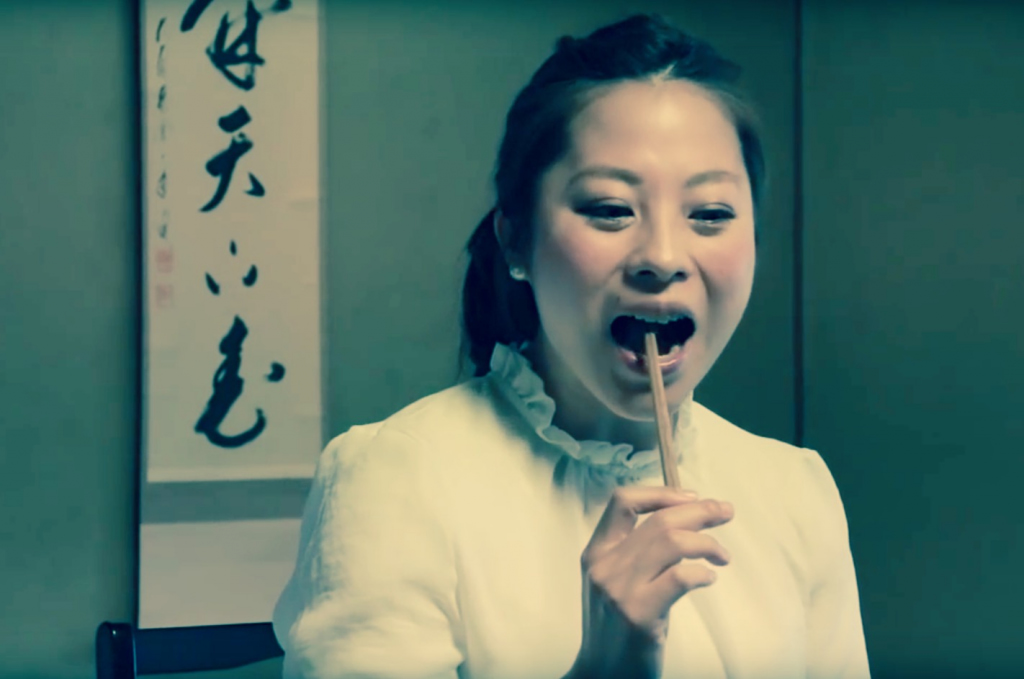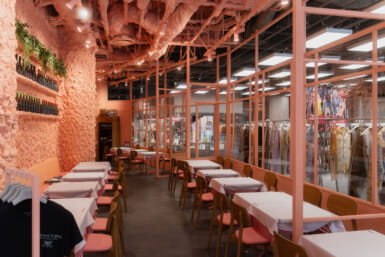According to a 2011 New York Times article, in China alone the equivalent of 3.8 million trees are used in the manufacturing of some 57 billion disposable chopsticks each year. Of the 28.5 billion chopsticks that are exported out of the country, 77 percent (nearly 22 billion) of these go to Japan.
One way to address this issue is by reusing chopsticks at restaurants, but what if you could eat your chopsticks instead? That’s what the Kumamoto Igsa and Tatami Conference would like consumers to consider, as they begin to market a line of chopsticks that are made with rushes, the material with which traditional tatami mats are made.
As Kyodo (via The Japan Times) reports, the chopsticks are made with rush flour, which is mixed into a dough made from wheat and eggs. The sticks, which are made by the Aichi Prefecture–based Marushige confectionery company, have a slightly bittersweet flavor, and thanks to the way they are baked, they won’t soften, even if soaked in soup. A pair of the chopsticks is said to contain as much dietary fiber as a bowl of salad.
The chopsticks, which will be sold on Kumamoto Igsa and Tatami Conference’s website later this month, have been made to raise awareness about the traditional practice of making tatami from Japanese rushes. According to farm ministry statistics, the Yatsuhiro region, which is located in the south of Kumamoto Prefecture, is where 90 percent of domestic rushes used to make tatami are grown. However, due to cheaper tatami being available from China, the development of synthetic tatami, and a general movement away from using tatami in Japanese houses and apartments, demand for Japanese rushes is on the wane.
If the idea of eating tatami material strikes you as a little odd, you can take comfort in the fact that rushes used to be grown in rice fields and cultivated as an herbal medicine. And while these digestible utensils aren’t being marketed as a counteraction to our wasteful ways when it comes to disposable chopsticks, it certainly is food for thought.









